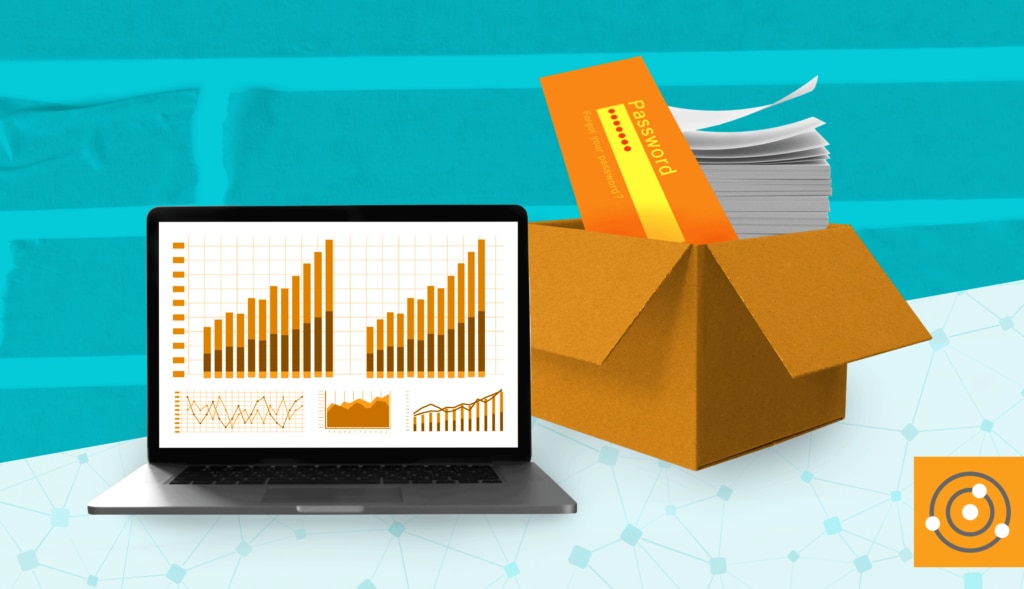When the value is obvious, most companies are willing to invest in tools to help employees get their job done better. But over the course of my career, I’ve noticed a few blind spots companies can’t seem to remember when writing out their tech team grocery list. These include things obvious to many, like training, antivirus for all devices, and comprehensive content management; or the more subtle ones like password managers or (yes) monitoring. In this post I’m going to dig into just three. I hope by sharing this with other folks in your org, it will start a larger conversation.
Communication (With Your Network) Is Key
We’ll start with what should be the obvious, because I’ve said it enough times already, I may or may not be judging you if you aren’t monitoring (spoiler: no “maybe” about it. I’m DEFINITELY judging you). Monitoring is key to scaling—whether what you want to scale is your environment, your capacity, or your team. And if you’re just looking to keep things in a steady state, monitoring is still the answer, allowing you to know everything is performing inside your operational parameters. Monitoring tools can help you maintain visibility into your network, track persistent issues, receive notifications, and craft automated responses for common issues. Monitoring dashboards should also be heavily considered given the major shift to working from home for most companies. can allow you to discover new devices on your network, fix issues through remote access, and respond to new threats all from home. Monitoring tools can not only notify you of new threats, but they can also help your employees avoid creating those threats.
Ten Characters, Two Symbols, and One Unicorn Tear
Now I’m sure you’ve probably struggled with coming up with a password or even remembering the password you were asked to create. Resetting your password can be time-consuming but easily guessed or often-used passwords are a hacker’s dream. While employees can unknowingly be a great threat to their company’s data, there are simple solutions to remembering hard-to-remember passwords. According to the 2020
Verizon Business Data Breach Investigations Report, “credential theft and social attacks such as phishing and
business email compromises cause the majority of breaches (over 67 percent)” with 37% due to stolen or weak credentials, 25% due to phishing, and 22% being human error.
We ask employees to create crazy passwords, so why not make it easy and give them a password manager? Password managers can save current passwords, notify employees when it’s time to update an old password, perform bulk password updates, and generate new hard-to-guess passwords. And if you’re worried about budget, consider the cost of having their entire computer hacked. (As a side note, the same can be said for antivirus software.)
And here’s a REALLY crazy thought: send it home. Supplying your employees with protective software for their home systems represents a trivial cost in the near term and can only help your company in the long run. Providing antivirus protection for a household can keep your employee’s home safe, while a password manager can work to keep your employee’s identity safe. I’d say it’s a win-win situation overall.
A Look at Companywide Tech
Whether the online interaction is between an employee and their company or fellow employees, collaboration through chat and video platforms can also be a great way to increase employee interaction—especially when working remotely. Even a year ago, companies thought they could live without everyday communication tools, but platforms like Microsoft Teams and Slack are necessary when it comes to creating a space for communication and will help to increase the quality of relationships between your staff. Companywide technology can be a great investment, especially when looking to increase overall employee satisfaction.
Employees can also profit from several other tools, including those allowing them to track their healthcare plans or benefits. Companies may not think they need resources or tools to assist their employees, but they’d be mistaken. Apps like United Healthcare Emma or GoodRx can help ease insurance enrollment or finding the right pharmacy and price for medication.







